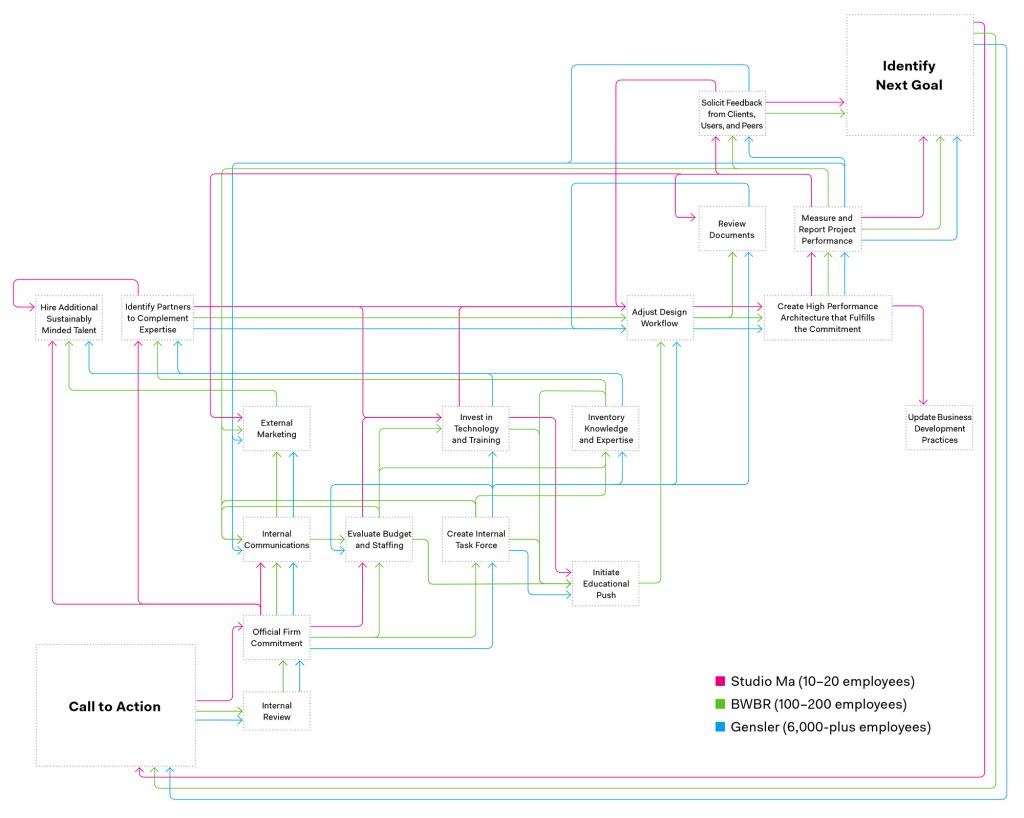It may sound obvious, but a building’s overall embodied carbon is inextricably linked to the composition of the products from which it is built. Moreover, the manufacture of materials like steel, concrete, aluminum, and glass for use in building construction accounts for 11% of global carbon dioxide emissions, according to the 2018 Global Alliance for Buildings and Construction report coordinated by the U.N. Environment Program. The following products feature admirably carbon smart formulations—and they are largely available for architects to start specifying today.
H-UKR, Hoffmann Green Cement
To reduce the embodied carbon dioxide of cement, which contributes roughly 8% of global carbon emissions, Rives de l’Yon, France–based company Hoffman Green Cement Technologies has developed H-P2A (High Performance Activation Alkaline), a cement formulation made from blast furnace slag, a byproduct from steel production. According to Hoffmann, H-UKR has one-fifth the carbon footprint of conventional cement and has compressive strengths of 3,626 psi at 12 hours, and 16,244 psi at 28 days. ciments-hoffmann.com
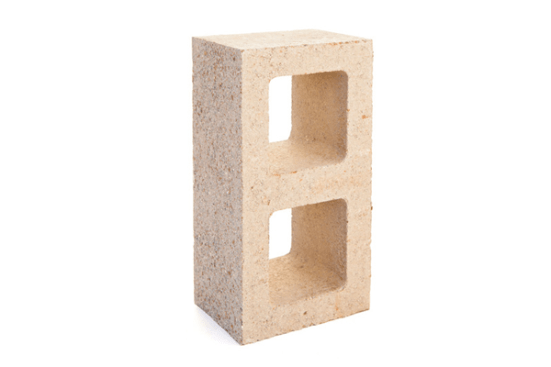
Mark West Watershed Block, Watershed Materials
Tens of billions of concrete masonry units, which are high in embodied carbon and require vast amounts of water and virgin minerals, are manufactured annually. Napa, Calif.–based Watershed Materials offers a resource-sensitive CMU that minimizes or eliminates entirely the cement content, the primary carbon dioxide culprit. The Mark West Watershed Block is made of geopolymers sourced from natural clay and crushed basalt obtained from the Mark West quarry in Sonoma County, the first such facility to derive 100% of its power from solar energy. The MWW block can attain a compressive strength greater than 1,900 psi and is available in standard 4″, 6″, and 8″ full-size blocks. watershedmaterials.com
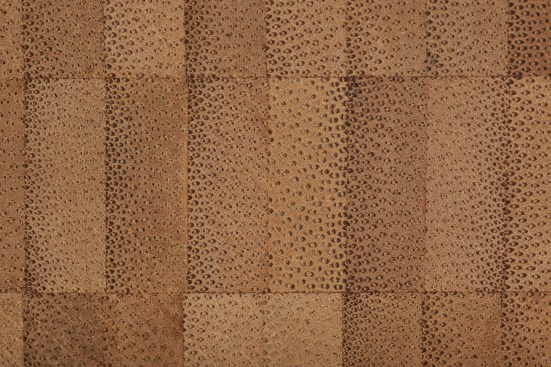
Jeff Elkins
Lamboo Structure, Lamboo
Mature bamboo sequesters nearly 80 metric tons of carbon per hectare, compared with less than 55 metric tons per hectare for fast-growing evergreen species. The Lamboo Structure series by its namesake Litchfield, Ill.–based producer includes engineered bamboo beams, posts, trusses, and other framing components that reportedly have tensile strengths 30% to 50% stronger than commonly used tree species. Available in four finishes or unfinished. lamboo.us

Jeff Elkins
CalPlant I, CalPlant
After harvest, rice growers flood their fields to decompose the remaining straw byproduct. This winter, Willows, Calif.–based CalPlant will offer MDF panels made from rice straw collected from farms within a 25-mile radius of its plant, reducing the need for the water-intensive practice by utilizing a naturally carbon-sequestering material that otherwise would be considered waste. According to the company, the biomaterial performs similarly to, if not better than, wood-fiber based products. CalPlant’s MDF will be available in 2mm to 30mm thicknesses. calplant1.com
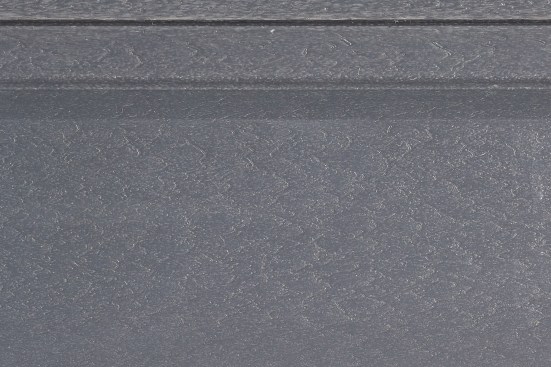
Jeff Elkins
Recycled Plastic Cladding, Kedel
Lancashire, U.K.–based Kedel offers exterior cladding made from recycled high-density polystyrene otherwise destined for a landfill. The repurposed, durable material is allegedly easy to maintain and is manufactured without the high-energy input that virgin plastic or cement cladding production requires. The cladding is available in five finishes and 79″ to 142″ lengths. kedel.co.uk

Jeff Elkins
Gutex Multitherm, Gutex
German manufacturer Gutex produces exterior thermal insulation systems made from wood fiber, which requires less energy to process than conventional extruded polystyrene or closed-cell spray foam options. As a result, the tongue-and-groove style Gutex Multitherm insulation board resists moisture and wind while sequestering carbon. Gutex is available in 70″-by-24″ sheets in 1.5″ to 8″ thicknesses. (Available in North America via 475 High Performance Building Supply.) gutex.de

Jeff Elkins
dkRustic Shingle, Classic Metal Roofing Systems
A kilogram of recycled aluminum displaces only 3.5 kilograms of virgin material compared to the 85 kilograms required for virgin aluminum. Piqua, Ohio–based Classic Metal Roofing Systems offers aluminum roof shingles made of up to 99% recycled content, sourced from post-consumer waste. According to the company, every 100 square feet of roof contains 1,815 discarded aluminum cans. classicmetalroofingsystems.com
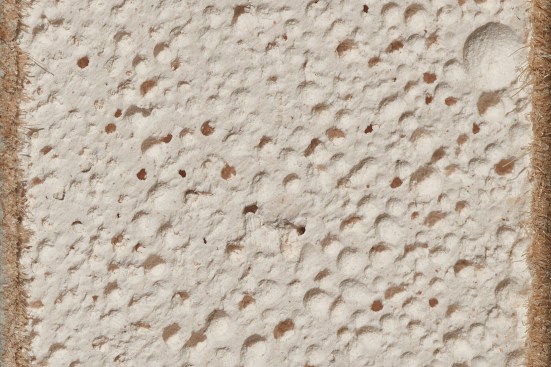
Jeff Elkins
EcoSmart Wallboard Panels Firecode X, USG
Utilizing special additives that purportedly reduce water usage during manufacturing by 25% as compared with conventional gypsum wallboard, USG maintains that its EcoSmart Sheetrock panels are less energy- and resource-intensive than traditional drywall. The product weighs 22% less than typical wallboard and therefore consumes up to 20% less transportation energy. EcoSmart contains no Red List chemicals and is Greenguard Gold–certified. Measuring 5/8″ in thickness, the panels can be ordered by the square foot. usg.com

-
The Carbon Issue
Meeting the urgent need for climate action, with decarbonization strategies for materials, design, practice, and policy.

-
It’s Time to Quit: A Call to Action on Climate, Carbon, and the Built Environment
Adapted from the opening and closing keynotes given by Edward Mazria, FAIA, at the CarbonPositive’19 Summit in Chicago.

-
The Language of Carbon
Thinking about COPY 27, here's a refresher of seventeen terms that will help you talk the talk of carbon positive design.

-
Sustainable Building Materials for Low Embodied Carbon
Here are eight of the most carbon-friendly products for roofing, cladding, insulation, and other categories—all of which are available for specification, or soon to be.
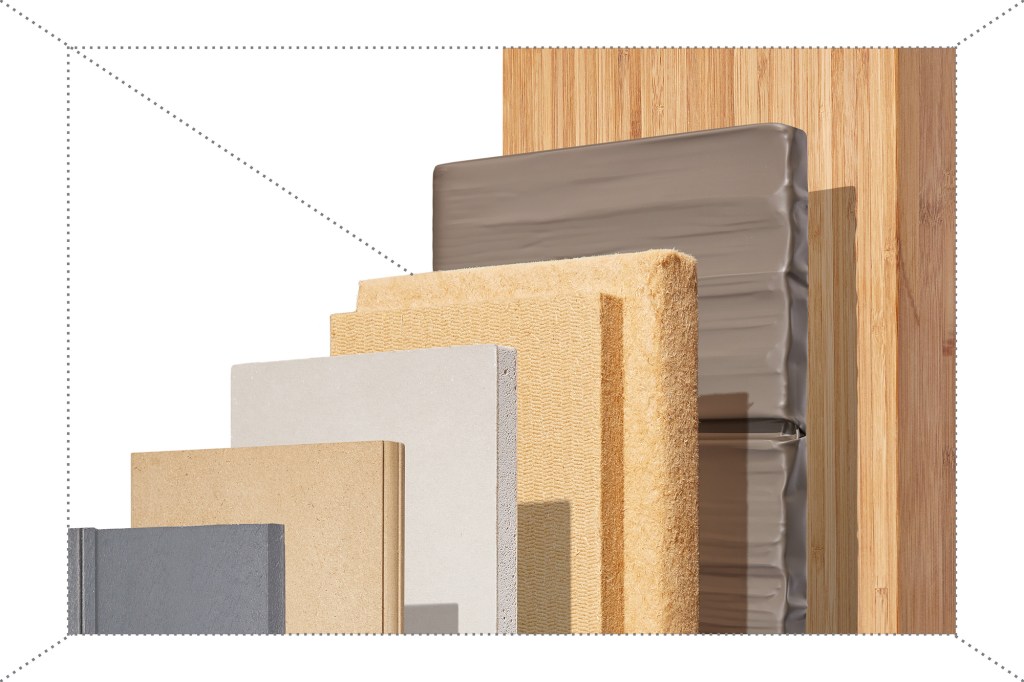
-
Concrete, Steel, or Wood: Searching for Zero-Net-Carbon Structural Materials
Steel and concrete predominate the U.S. commercial building market for structural materials, while engineered wood—specifically mass timber—is garnering attention for its potential embodied carbon savings and sequestration ability.

-
How to Measure Embodied Carbon
Here's a hand guide on some tips and tools to help determine the carbon footprint of a project or product.
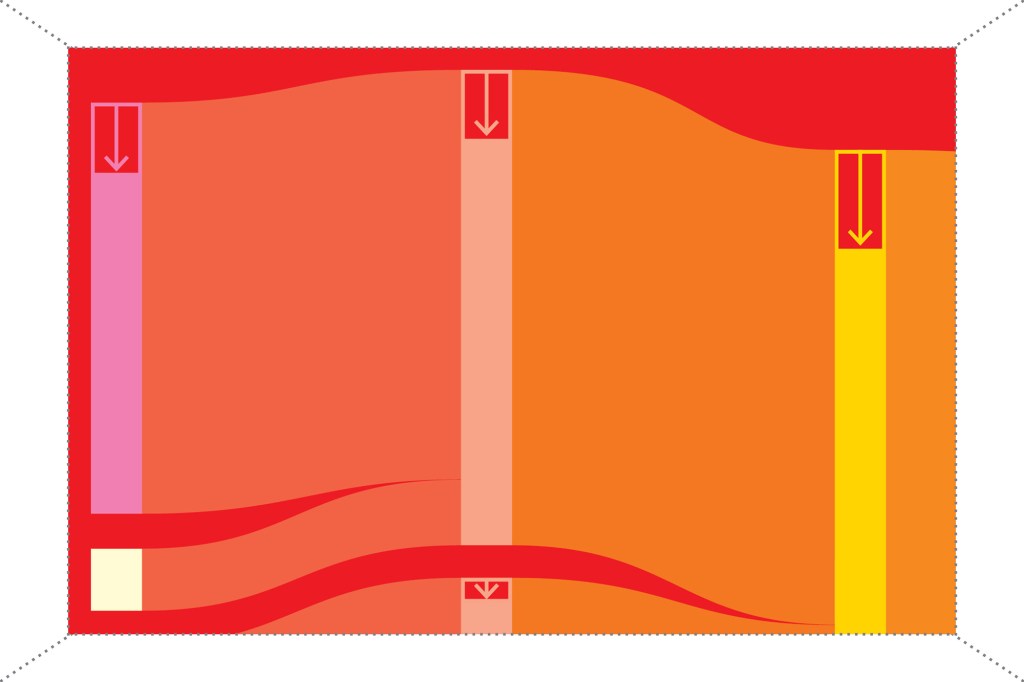
-
Five Construction Details to Reduce Embodied and Operational Carbon
It's time to rethink details that perpetuate the widespread use of energy-intensive materials.
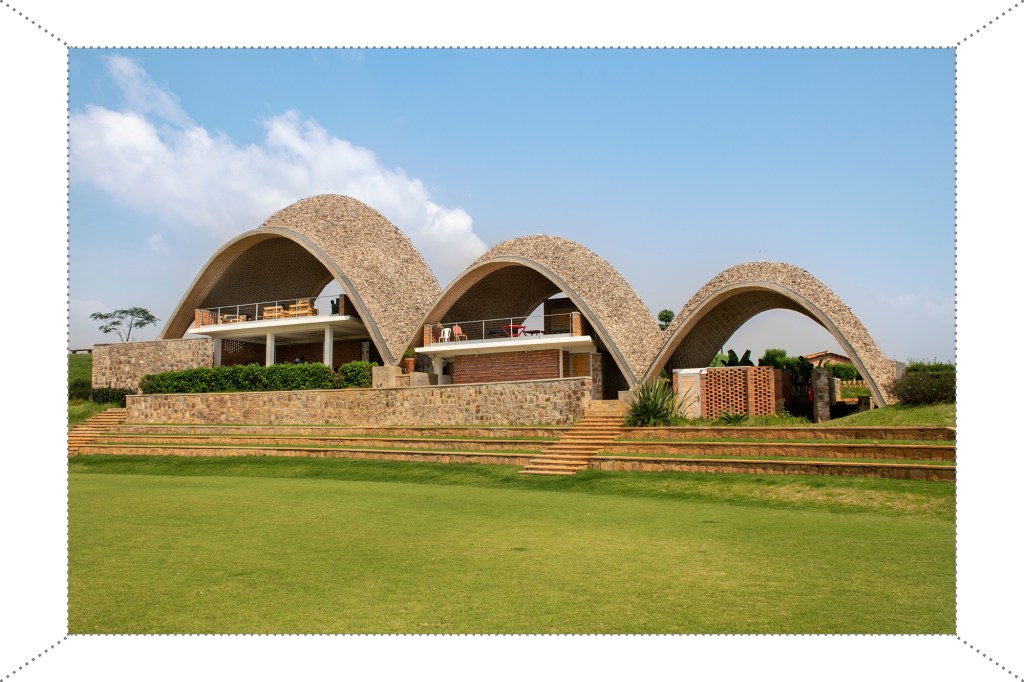
-
Renovation, Restoration, and Adaptive Reuse: The Understated Value of Existing Buildings
It’s not enough to design super-efficient new buildings. To reach zero-net carbon, architects have to improve performance in existing buildings, and make the most of the embodied carbon we’ve already spent on them.

-
With Housing’s Carbon Footprint, Density Matters
A new e-book from Chicago-based Adrian Smith + Gordon Gill Architecture analyzes the embodied carbon and other attributes of nine housing types to uncover ideal residential densities—those that improve quality of life while minimizing their environmental impact.
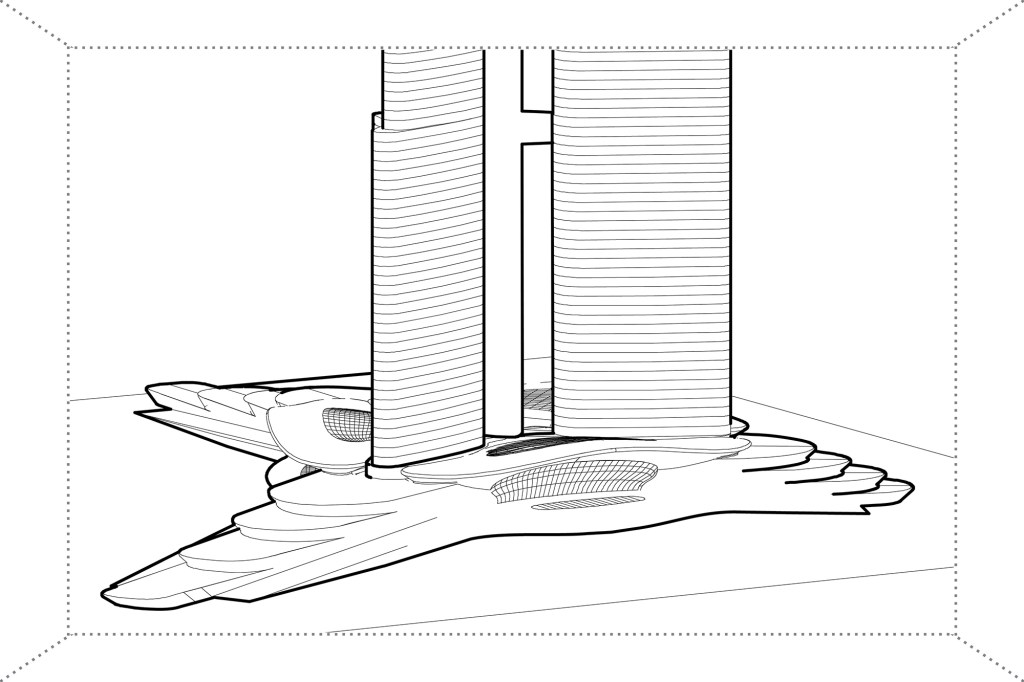
-
Aim Higher: How to Transition Your Firm to Zero Net Carbon
Looking for tangible steps to committing to zero-net-carbon design? Here, three very different practices—Studio Ma, BWBR, and Gensler—share their ongoing journeys.
